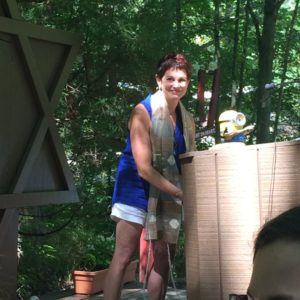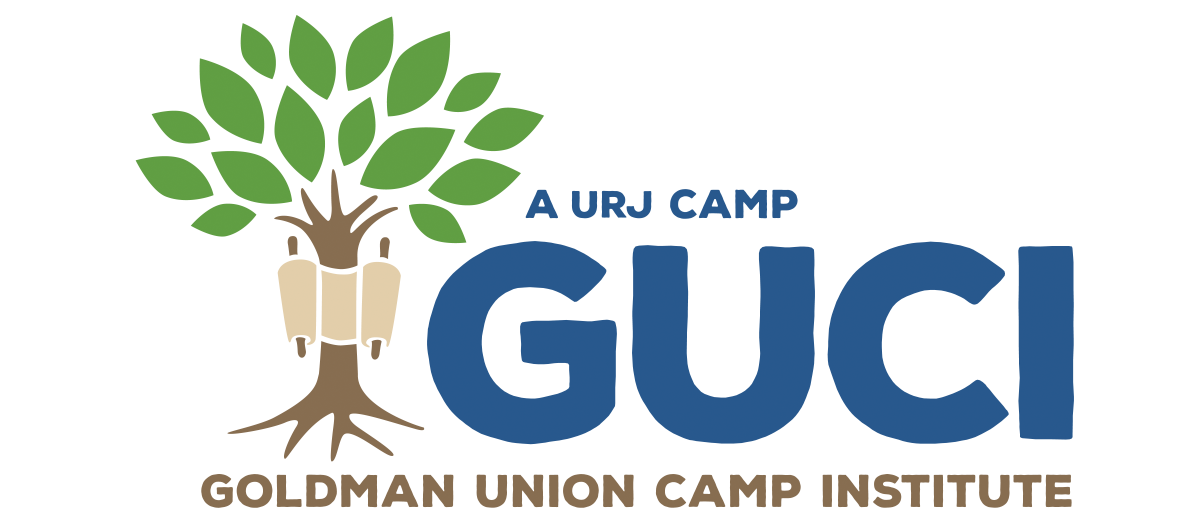
Minion-Minyan Mania: Count Me In
By Rabbi Judy Chessin, Faculty
Let’s talk minion. OK?
Now the question is are we speaking Minion or Minyan?
How do you say Hello in Minion? Bello. In Minyan? Shalom
Goodbye: Minion Poopaye… Minyan: Shalom
Of course we all know the Shema in Minyan, Shema Yisrael Adonai Eloheinu Adonai Ehad.
In minionese it goes: Bebada Abam ta cep noor nos ta cep hana
I guess you could say that although the words Minion and Minyan sound just the same, in many ways they are almost polar opposites:
In Despicable Me the term Minion comes from the French word mignon, for small, delicate or even insignificant as in Filet Mignon. But the term Minyan comes from the Hebrew word “to count,” and counting in Judaism is no inconsequential thing.
Most of us recall that a minyan in Judaism is a quorum of ten adults required for a communal prayer service. To Judaism when we get ten adults praying together it is mighty and powerful, not small or servile. Minions might be bent upon following evil, but minyanim are bent upon following mitzvot!
The ancient Rabbis came up with the idea that certain prayers could only be said in community. They used some verbal gymnastics to deduce that we need 10 adult Jews to most easily get God’s attention. In Psalms it says Elohim nitzav ba’adat El, God stands in the divine assembly. So the rabbis asked how many do we need to get such an assembly, an edah? Well, that the same Hebrew word – edah – is applied to the ten spies who, in the time of Moses, gave a negative report of the Land of Israel. Therefore an edah, an assembly must be ten people above the age of 13. And thus we get the minyan.
Does it mean that God doesn’t hear us if, for instance, we say our nighttime Shema alone, or make a b’racha over a beautiful rainbow with only one friend present? No, it doesn’t mean that at all. Judaism encourages individual prayer, but it also doesn’t want us routinely to express our faith in solitude. The face to face prayer interactions with each other remind us of the needs of other human beings, and our own responsibilities in this world. These are the purpose of communal prayers which bring God into our midst. When we say our prayers alone, we are apart, but when we make a minyan we are a part of something larger… a kehillah kedosha a holy community.
You’ve felt it here over the past month, haven’t you? Many of us say we are not terribly religious or observant, and yet magic happens when we gather in this beit tefillah and raise our voices together. Is it the song leaders, or the trees, or writing our own service parts, or harmonizing? Is it that we are all in this thing together, or do all these things count in feeling the Divine Presence in our midst?
Let me tell you a story of a great man who had a similar experience.
His name was Abba Kovner and he was a hero from the time of the Holocaust: Kovner lived in the Vilna, Lithuania, a place that had so many Jews it was called the Jerusalem of Europe. Kovner saw what many other Jews were afraid to face. He understood the dangers encroaching upon the Jews of Eastern Europe, and so he sneaked out of the ghetto and went from town to town to gather young Jews to help the resistance. He organized Lithuanian teens and young men and women into an army of partisans, which operated as a Jewish unit out of the Rudnizchki Forest. They became known as the Avengers who carried out dangerous and secret missions. They blew up bridges and rail cars, blew up train tracks that led to death camps, smuggled weapons into the ghettos, and rescued countless Jewish lives.Minon
After the war Abba Kovner, at last reached the state that would soon be known as Israel. His first week there he found himself at the Kotel, the Western Wall in Jerusalem. He stood far from the holy stones and didn’t feel he belonged there. He was a fighter, not a pray-er. So he stepped away ready to leave when suddenly he felt someone tug at his sleeve. He was needed to make a minyan, the required 10 men quorum for afternoon prayers. So Kovner covered his head and joined in the prayer service. Afterward he wrote: “And I was suddenly inspired, not by the prayers so much as by the sense of belonging. That is the Jewish thing, to be one of the minyan. To know that nine can’t do it without the tenth person and that the tenth person is powerless without the other nine. Perhaps that is the core lesson of Judaism — that my prayers must mingle with those of others to be effective, that my good words must join with the mumble of the other Jews who make up our people. There is no purpose in life if one is alone. Only in relation to the presence of others… is there value in your individual stance — an individual that is truly one — but nevertheless only one of the whole Jewish community.”
Wow, isn’t that exactly what this Kehilah Kedosha is all about? Here we belong to one another. Here our voices intermingle and our prayers become one, ascending the heavens because we sing them together.
But soon we will break camp, and many of us worry about going off on our own, being away from our friends, alone and isolated. How will we maintain that same magic, that sense of belonging, the holiness that we’ve created here in this minyan known as GUCI?
That is indeed the challenge of leaving here, but it is also the goal of being here in the first place. GUCI is meant to fuel us for when we break camp. It is we, who like Stuart, Kevin and Bob, must leave our buddies and find our own holy communities back at home. We must create minyanim– holy communities wherein we can replicate the magic of GUCI within our own homes, our synagogues and our communities. The magic of this minyan doesn’t remain here at camp after Kallah Bet breaks, it follows us wherever we go.
And GUCI counts on us to go back and work in our own religious schools, youth groups or Hillels, and when we do I know you’ll imagine Chase is giving us a shout out.
GUCI counts on us to raise our voices in song with our Rabbis and song leaders and congregations exactly as though Jacob and Aly, Daniel, Sam, Samantha, Ruthie or Rhys was leading us.
GUCI counts on us to join our local youth groups, and go to NFTY events, as well as synagogue and communal teen initiatives, just as Carly, Jen, Gavi and Britanny, David and Taylor have taught us.
GUCI counts on us to continue to perform acts of tikkun olam and gmilut chasadim outside of camp, just like we do here. And when we do, we’ll almost feel a pat on our back and see a thumbs up from our favorites counselors, just as if he or she is standing by our side.
GUCI counts on us to stand up and talk about the amazing time we have at camp when Jeremy and Rachel come to our synagogues to recruit our friends and classmates to come to camp next summer.
Abba Kovner lived a long and blessed life in Israel. He became a famous poet and artist. But he never forgot that impromptu minyan at the Kotel his first week in the Holy Land. So much later in this life, he created a sculpture at Beit Hatefutzot, the Diaspora Museum in Tel Aviv called … of course… the Minyan. And it looks like this:
Here we have nine figures preparing for prayer, representing the variety of Jews that create the people of Israel. But, wait, didn’t we say that a minyan is 10 people? So why only nine figures? Kovner said “the absence of the tenth is a call to the viewer, a call to join them, to be counted, to let the viewer know that the minyan cannot go on without the viewers help.”
That tenth person is YOU.
When you get home, you’ll find out that McDonalds has a campaign called #miniomania. But of course it is misspelled. Every time you see it please remember it is really a GUCI marketing ploy to remind you to say: Count me in to the real minyan mania. It is really a campaign for you to stand up and be counted among those who keep the magic of GUCI and the magic of Judaism alive for yourself and for all the people of Israel, for the coming year, and until we meet again Bshanah Habaah at GUCI!
And to that let us all say in Minyan: Count me in! rin me een
